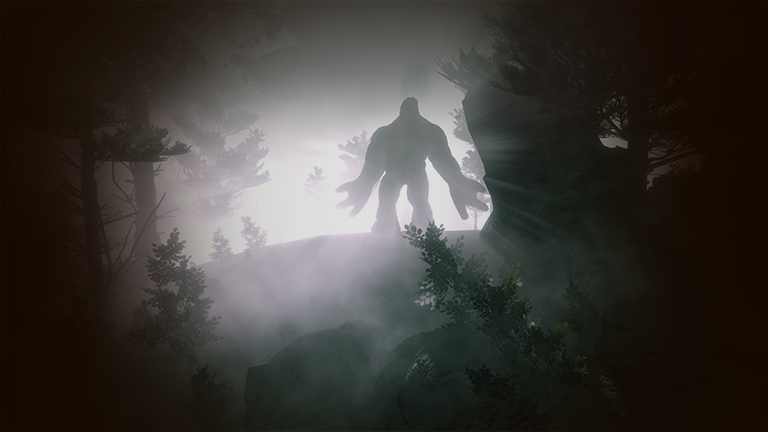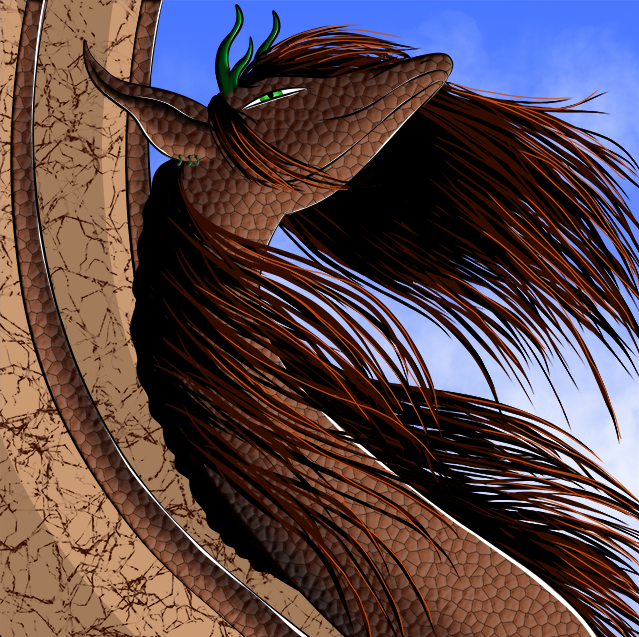Religion on Seari
The primary religions on Seari are organized into orders, which are further subdivided into cults and sects. The laity are called followers, though the clergy, depending on the sylfaone, go by many different honorifics. There are thousands of sylfaodolon, with some managing an intimate following, while others count millions as members of their order. Followers can chose more than one sylfaone to follow, but always have one primary deity they owe allegiance to.Orders
Order is the term used to reference all followers of a particular sylfaone. All subsequent sects and cults are divisions of orders.
Orders are canopies under which all other sects and cults of a particular sylfaone gather. The largest orders span multiple continents, with millions of adherents. Some orders have guiding councils whose membership is taken from the leaders of the sects or cults. More often, councils are smaller, and specific to a country or locality. Many have more interaction with other local orders than they do with the outLand membership of their own.
Sects and Cults
The terms sect and cult are used interchangealby. They refer to smaller, local or regional divisions of orders. Neither term is preferential to the other. Sometimes, cult is used as a replacement for order by sylfaodolon (eg "My cult".)
Any further divisions are order-based.
While deities number among the thousands, only a few have large enough orders they span several countries. Among them are:
- Lumin Illu, the Mother of a Thousand Sylfaodolon
- Shtengar Lethic
- Tengust Torish, the Luminous
- Erenik Zantar
- Ahdioh of the Flowers
- Jhodi the Tangled One
- Zepflhur, Twilight's Hand
Sylfaodolon
Sylfaodolon number in the thousands. While humans know sylfaodolon exist, many have never seen the deity they follow. This momentous event is normally reserved for the most holy members of the order, and even then, it is a rare occurance.
Whether they have met them or not, all followers are marked by their sylfaodolon. Most never realize it, but they carry a teeny-tiny bit of their deity's magick within them, usually bestowed during a ceremony welcoming them to the order. This mark allows the deity intimate access to their followers, which ostensibly, makes prayer simpler. In reality, it gives the syfaodolon the ability to draw magickal energy from their adherents. This is why sylfaodolon who have millions of followers are considered so powerful; they have a magickal well in the form of devotees that only they can access.
When humans follow more than one sylfaodolon, they only carry the touch of the primary one.
The five sylfaodolon who created the two spheres are referred to as The Five Creators, the Five Originators, and the Great Sylfaodolon. All are revered, even if they do not have orders, like Ceaque and Leivanthallisie.
This reverence has led humans to refer to Aseris as the Earth Mother. Some religious orders believe the world will end if they utter her true name, so they have "forgotten" it to make certain nothing untoward happens if someone accidentally uses it.
Twilight has its share of deities, though they have far less respect of twilight beings than those associated with the sunlit realm. Imps, especially, are wary of sylfaodolon, for they have much experience with being guinea pigs for those who do not see twilight as a legitimate realm, but a sandbox. This behavior has increased since Ceaque joined Aseris and pulled back from the sphere.
Immortal Beings
Not all beings created by sylfaodolon are powerful enough to become sylfaodolon. These individuals have great magickal power, but are seen in the same light as dragons, the only difference being they cannot die. Some develop followings, but they are normally local and small. Tales concerning fairies and monsters usually refer to these immortals.
There are other beings who are considered immortal in myth and legend, but who technically are not. Gada Kiore is the most well-known example; as the avatar for the Earth Mother, most religions consider her an immortal from a reverence point of view, even though she is a mortal dragon.
In Yena, sfinckses inhabit the same category, being large, mythically-strong creatures with an intimate knowledge of magick. Sfincks worship is still strong on that continent.
Every 10,000 or so years, the Earth Mother, accompanied by Gada Kiore, rides through Arberiss, destroying nearly everything there and sending the sylfaodolon to an appropriate Abyss to reform. It is a demand for a reset, because Aseris believes too many sylfaodolon are on the same path that led to the destruction of her first sphere.
This plays havoc on the humans who follow those sylfaodolon and consider them moral and good. How moral and good can they be, if the Mother sent them to an Abyss to rethink their ways? Wars tend to break out during these times, and faith in sylfaodolon falters. Adherents transfer their devotion to immortals, dragons, or other long-lived beings, like the sfincks of Yena.
These events, however, are considered ancient history and myth. Humans see the terrifying tales as mere morality plays, and the leaders of orders tend to use them as teaching tools rather than a reflection of reality.
Condi and the Light
The Condi and Rikondi inherited their religion from their forebearers, the Ga Iniria. It is referred to as the Light, and is intricately woven into the practice of the Lightarts. No single deity is honored above others; magick is given precedence. This caused many clashes during the first few years after the Ga Iniria fled to Seari, and far later, led to lightartists hunting down and killing shadowartists and conjurers, believing them affronts to their Light.
The Light is a guiding set of mores and principles bound to the practice of the lightarts. The Light was seen as a goodness the rest of the world lacked. The original practitioners forbade the killing of others with magick, because they felt exterminating someone with the fundamentals of their religion blasphemous. Lightartists tended to work around this with curses, setting the stage for the ultimate "downfall" of the Light. Condioh rulers did not much care about religious ways that interferred with their ambitions, and actively supported lightartists who took a darker path. Utimately, the Muhiendhioh, who had enough political sway in both Condioh and Rikondi, ignored ancient precedent and promoted lightartists using their magick like shadowartists. this formed the basis for the Jonna Empire's victories, and Light as a religious practice began to slowly dwindle because many no longer saw it as relevant. Only a few stubborn individuals in lightart academies continued the worship.
Modern times have seen the resurrection of the Light, and new sects have developed a set of mores and principles based upon the old ones, but more atuned to a current mindset. It is slowly growing in popularity, but only in Condi, Rikondi and Stelethasrien. In certain sects, the old hatreds are growing with them.
Dragons
Dragons have always had human followers, whether they wished it or not. Because Aseris personally created them, and because the initial Five Dragon Families helped with creation, humans saw the large beasts in the same light as sylfaodolon. While not immortal, they lived millennia, had vast magickal wells, and wielded spells that rivaled any deities'.
And humans had vastly more interactions with them, making them attractive choices for worship. The Dikalari, the Dragon Road, was created to tour the lairs of the Five Dragons, and pilgrims always had the opportunity to interact with the beasts, even if it was not realized. In recent times, most in southern and western Seari peoples believe dragons mere myth, while more northern populations still retain the old reverences.
Seari has a special mythology surrounding Gada Kiore. She is the avatar of the Earth Mother, and as such, carries her will on her wings. She, too, is called the Earth Mother (Gada Kiore), and she shares the Mother's nature. She is nurturing and loving, a builder and rebuilder, but also a destructive force, her rage pouring from her as lava pours from a volcano. The Dikarali was primarily built so pilgrims could more easily reach the Well, which many humans consider her divine platform. Her myth slightly dwindled after the destruction of the dragonpriest order, but not to the extent of others because of her unique status.







Comments